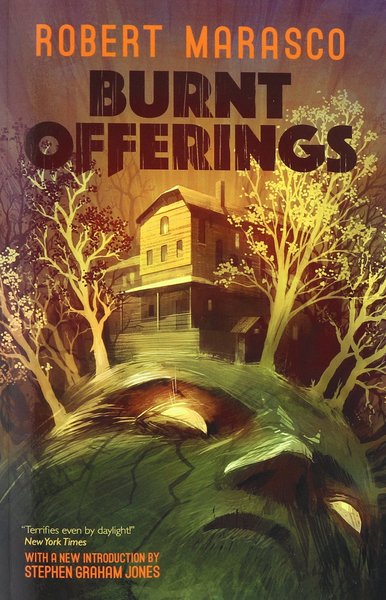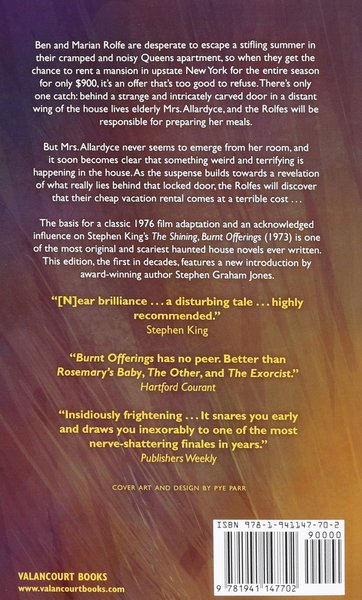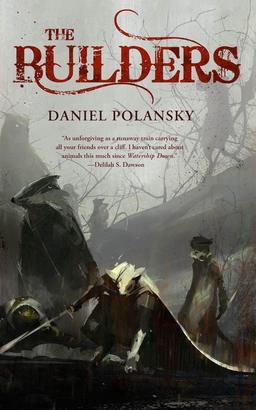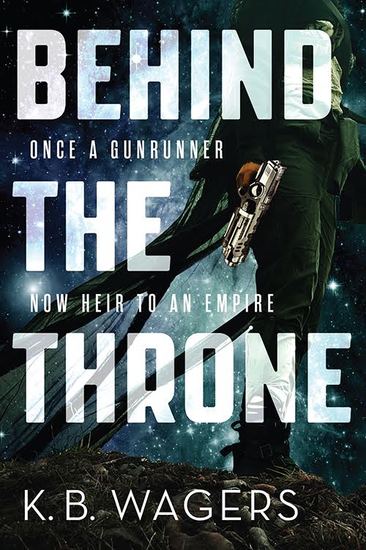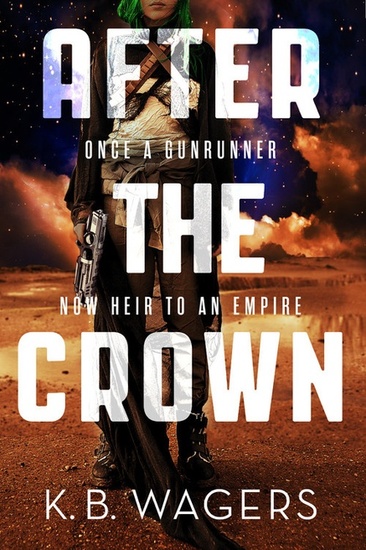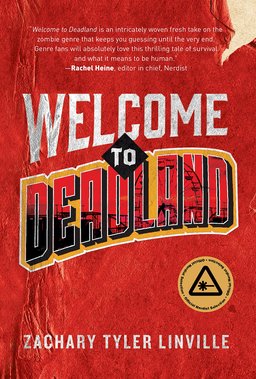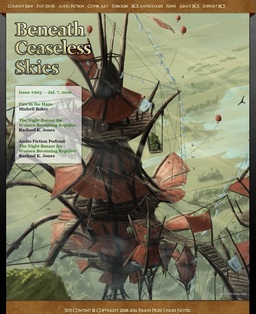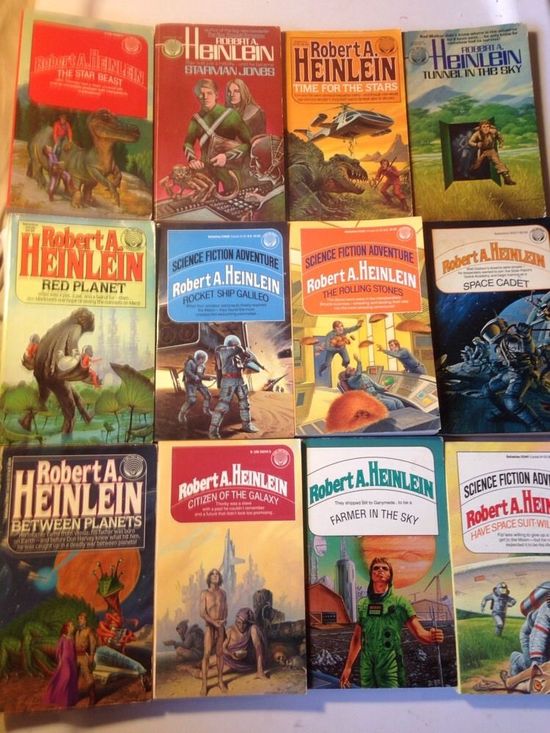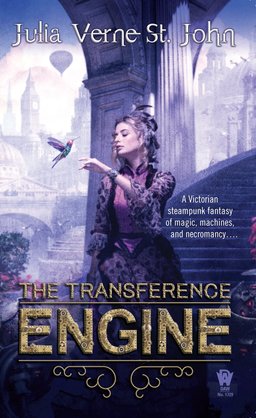 I love discovering new authors, and Julia Verne St. John’s debut The Transference Engine, a fantastical steampunk novel of magic and machines set in an alternate 1830s London, looks like a particularly intriguing discovery. The ISFB reports that “Julia Verne St. John” is actually a pseudonym for Irene Radford, author of the Dragon Nimbus novels and the six books in the Merlin’s Descendants series, but what the heck. I still think it counts as a debut.
I love discovering new authors, and Julia Verne St. John’s debut The Transference Engine, a fantastical steampunk novel of magic and machines set in an alternate 1830s London, looks like a particularly intriguing discovery. The ISFB reports that “Julia Verne St. John” is actually a pseudonym for Irene Radford, author of the Dragon Nimbus novels and the six books in the Merlin’s Descendants series, but what the heck. I still think it counts as a debut.
RT Reviews says, “It’s oddly delightful to read a ripping Victorian, steam-powered yarn set in a world where Byron, Shelley, Polidori, etc., are mostly known… as depraved necromancers and mad scientists,” and that’s just about the most enticing one-sentence review I’ve read all year.
Madame Magdala has reinvented herself many times, trying to escape Lord Byron’s revenge. She destroyed the Transference Engine Byron hoped to use to transfer his soul into a more perfect body and perpetuate his life eternally. A fanatical cult of necromancers continues Byron’s mission to force Magdala and Byron’s only legitimate child — Ada Lovelace — to rebuild the machine and bring Byron back.
Magdala now bills herself as the bastard daughter of a Gypsy King. She runs a fashionable London coffee salon and reading room while living a flamboyant lifestyle at the edge of polite society. Behind the scenes, she and Ada Byron King, Countess of Lovelace, use the massive library stored at the Bookview Cafe to track political and mercantile activity around the world. They watch to make certain the cult of necromancy surrounding Lord Byron, the poet king who worshipped death, cannot bring him back to life.
On the eve of Queen Victoria’s coronation in June of 1838, rumors of an assassination attempt abound. Both the Bow Street Runners and Magdala’s army of guttersnipe spies seek to discover the plot and the plotters. Who is behind the mysterious black hot air balloon that shoots searing light from a hidden cannon, and who or what is the target? And who is kidnapping young girls from all walks of life?
Desperately, Magdala and her allies follow the clues, certain that someone is building a new Transference Engine. But is it to bring back the dead or destroy the living?
This edition also includes a special bonus story, “Dancing in Cinders.”
The Transference Engine was published by DAW on July 5, 2016. It is 320 pages, priced at $7.99 for both the print and digital editions. The gorgeous cover is by Chris McGrath. Read an excerpt here.
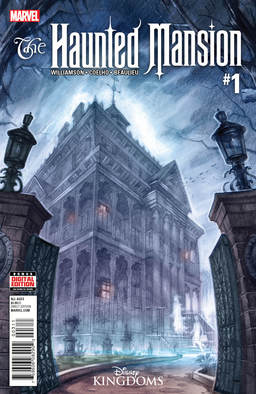 Back in March I explained the odyssey undertaken by Black Gate photog Chris Z and I to obtain copies of Marvel Comics’ just released Haunted Mansion #1, a one-off series of five issues inspired by my favorite ride in the park.
Back in March I explained the odyssey undertaken by Black Gate photog Chris Z and I to obtain copies of Marvel Comics’ just released Haunted Mansion #1, a one-off series of five issues inspired by my favorite ride in the park.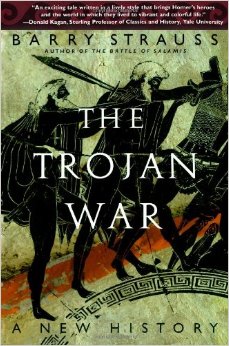

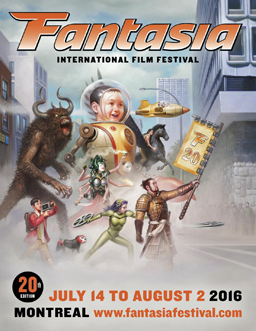 Thursday, June 14: as good a day as any to begin an adventure. I walked downtown that afternoon under looming clouds to Concordia University’s EV Building, where I picked up my accreditation for the 2016 edition of the Fantasia International Film Festival. I’d been looking forward to writing about this year’s festival for Black Gate virtually since last year’s had ended. Now things were finally about to begin. A laminated press pass, a festival schedule, a thick program book: the guide to the adventure unfolding over the next three weeks, to fantasy and horror and science fiction and a lot more.
Thursday, June 14: as good a day as any to begin an adventure. I walked downtown that afternoon under looming clouds to Concordia University’s EV Building, where I picked up my accreditation for the 2016 edition of the Fantasia International Film Festival. I’d been looking forward to writing about this year’s festival for Black Gate virtually since last year’s had ended. Now things were finally about to begin. A laminated press pass, a festival schedule, a thick program book: the guide to the adventure unfolding over the next three weeks, to fantasy and horror and science fiction and a lot more.